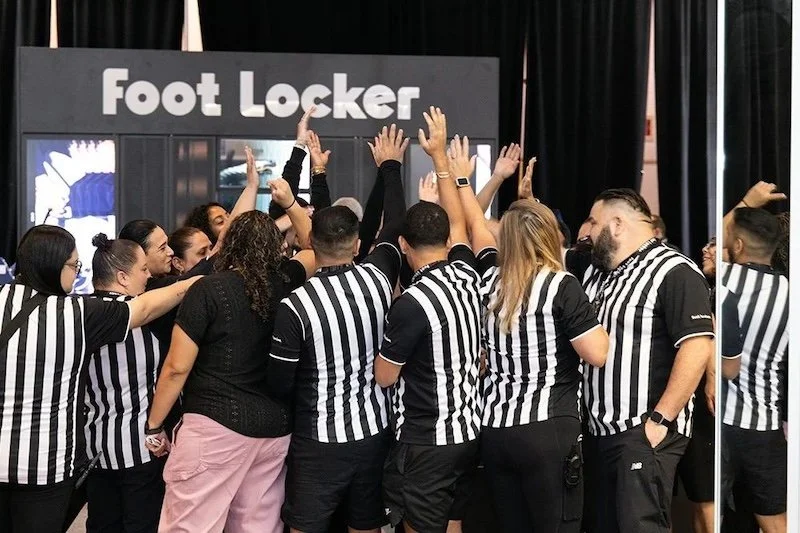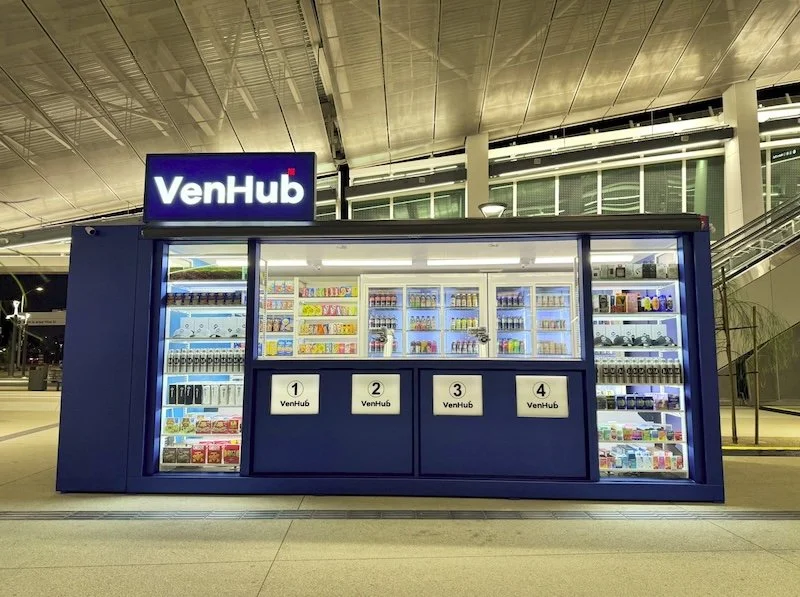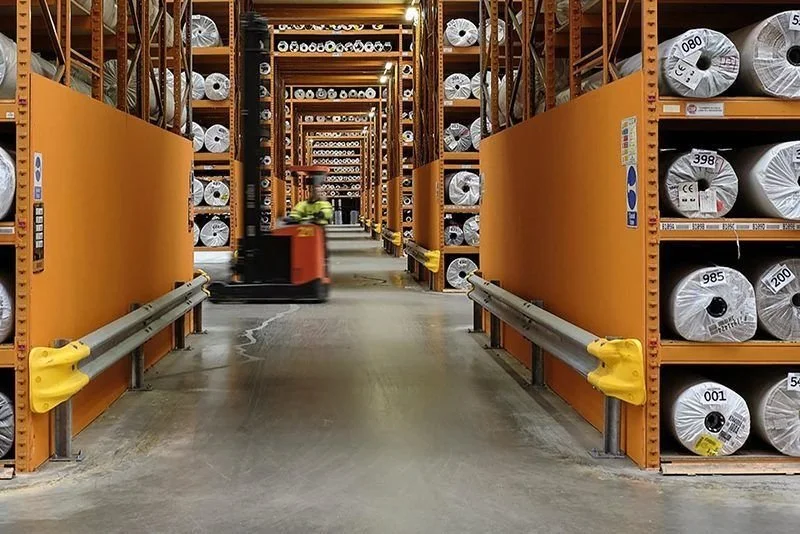Outdoor footwear and apparel retailer Timberland rolls out Vyking virtual try-on tech across EMEA platforms
Timberland has launched over 250 products for virtual try-on powered by Vyking across its EMEA platforms.
This follows the American manufacturer and retailer of outdoor footwear and apparel, which is owned by VF Corporation, testing out the technology.
In a LinkedIn post, Thibault Marion de Procé, Co-Founder at Vyking, said: “It's always great to get new clients but what's even better is when they decide after successful tests to roll-out on a larger scale.
“This innovative approach has been helping Timberland to increase sales and engagement.”
Magic Mirror
Earlier this year, Vyking unveiled a new in-store augmented reality solution, Magic Mirror.
It says that that this will enable consumers to visualise footwear through a smart mirror.
We dreamed it and we made it happen! Not long ago our Magic Mirror was a hit at the @on_running ’s #Cloudsurfer launch event ⚡️️ We can’t wait to see what comes next after the amazing response we received! Photos courtesy of On. #fashion #tech #VTO pic.twitter.com/KjfMT8blMH
— Vyking | For footwear, watches & accessories (@Vykingio) April 14, 2023
Activated by walking up to a full length digitally connected mirror, people can try virtually before they buy dozens of pairs of trainers and other footwear.
They choose the pair they’d like to try via an in-store display on a tablet, before the 3D model is “beamed” into the mirror for them to see how it looks on their own feet.
The solution also offers omnichannel marketing possibilities as the technology can be deployed in other physical locations such as billboards, bus stops or window displays.
Matthew Klimpke, CEO and Co-founder at Vyking, says: “The pandemic put a lot of pressure on brands to innovate their online platforms.”
“We saw many investing in AR to create a more immersive and engaging experience for their customers - and with good reason, as we have seen virtual try-on solutions contribute to up to a 50% increase in conversions and 7% reduction in returns. 2022 saw us pass over 30 million annual uses of our VTO solution: a clear indication of the utility and engagement 3D and AR provide.”
He adds: “Now, as shoppers are returning to the high street, it makes sense to bring the best of that online experience into physical stores.”
“Our Magic Mirror allows retailers to enable both proximity and personalisation for their customers and their products. It also makes more efficient use of store footprints and opens up the potential for a real omnichannel experience that goes to where their customers are.”















Continue reading…